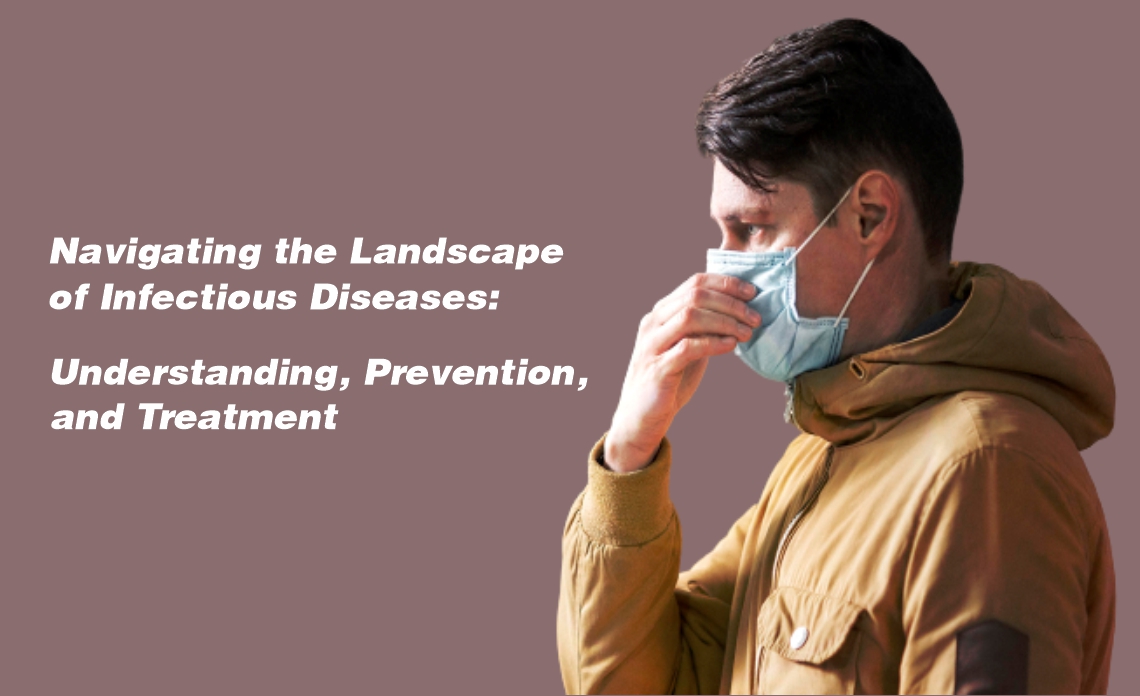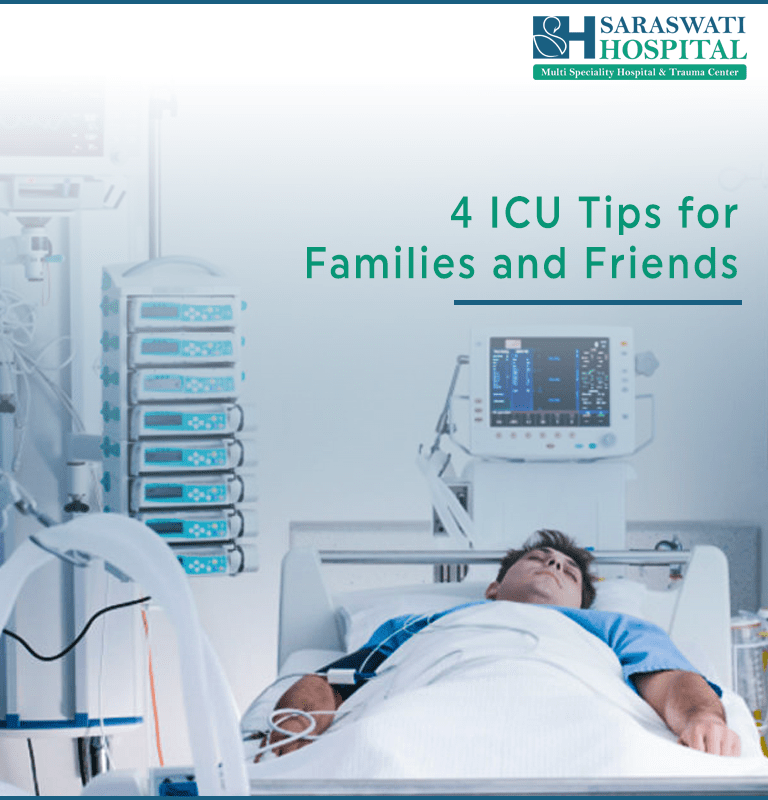
Infectious diseases have shaped human history and continue to play a significant role in global health. In this blog, we will delve into the world of infectious diseases, exploring their causes, transmission, prevention, and treatment strategies. By understanding these crucial aspects, we can better protect ourselves and our communities.
What do you mean by Infectious Diseases?
Infectious diseases, also known as communicable diseases or transmissible diseases, are illnesses caused by microorganisms such as bacteria, viruses, fungi, or parasites that can be transmitted from one individual to another, either directly or indirectly. These diseases can spread through various means, including person-to-person contact, contaminated food or water, insect vectors (like mosquitoes), and even through the air (respiratory droplets).
Distinguishing Infectious and Non-infectious Diseases:
Infectious diseases, caused by microorganisms like bacteria, viruses, fungi, and parasites, are contagious and spread through direct or indirect contact with infected individuals, contaminated objects, or vectors. Examples include flu, tuberculosis, HIV/AIDS, and COVID-19.
Non-infectious diseases, such as heart disease, diabetes, cancer, autoimmune disorders, and neurological disorders, are not contagious but develop over time and involve complex interactions between genetic predisposition and external factors.
What types of infectious diseases are there?
Infectious diseases can be classified into several categories based on different criteria, such as the type of causative microorganism, the mode of transmission, the affected body system, and the severity of the disease. The following are some common infectious illness types:
- Viral infections are brought on by viruses, which are little infectious entities that can only multiply within live cells. Some common viral infections include the common cold, influenza, COVID-19, and HIV/AIDS.
- Bacterial infections are caused by bacteria, which are single-celled organisms that can live in many different environments. Strep throat, urinary tract infections, and tuberculosis are a few examples of typical bacterial infections.
- Fungal infections are caused by fungi, which are multicellular organisms that can live in both plants and animals. Ringworm or athlete’s foot, and candidiasis are some common fungal infections.
- Parasitic infections are caused by parasites, which are organisms that live in or on another organism (the host) and get their nutrients from the host. Some common parasitic infections include malaria, giardiasis, and toxoplasmosis.
- Transmissible Spongiform Encephalopathies (TSEs) also a rare group of infectious diseases known as, which are caused by prions. Prions are misfolded proteins that can cause damage to the brain. TSEs include diseases such as Creutzfeldt-Jakob disease and mad cow disease.
Some Common Infectious Diseases:
Infectious diseases can be categorized into several different types based on various factors, including the causative agent, the mode of transmission, and the body systems affected.
Some examples of common infectious diseases are:
Viral infections:
- Common cold
- Influenza (flu)
- COVID-19
- HIV/AIDS
- Chickenpox
- Measles
- Mumps
- Rubella
- Hepatitis
Bacterial infections:
- Strep throat
- Urinary tract infection (UTI)
- Tuberculosis (TB)
- Whooping cough
- Sexually Transmitted Infections (STIs) such as Chlamydia, Gonorrhoea, and others
- Salmonellosis
- Meningitis
- Tetanus
Fungal infections:
- Ringworm
- Vaginal candidiasis
- Thrush
Parasitic infections:
- Malaria
- Toxoplasmosis
- Hookworm
- Tapeworm
Symptoms:
The symptoms of an infectious disease can vary depending on the type of infection, the individual’s health status, and the environment. Some common symptoms of infectious diseases include:
- Fever
- Cough
- Sore throat
- Fatigue
- Muscle aches
- Diarrhoea
- Rash
- Headache
- Nausea
- Redness, soreness, or swelling
Risks:
Some of the risks of infectious diseases include:
- Serious illness or death: Some infectious diseases can be very serious and even fatal, especially in people with weakened immune systems. For example, HIV/AIDS, hepatitis B, and hepatitis C can lead to chronic illness and death if not treated.
- Disability: Some infectious diseases can cause long-term disability, such as polio, which can paralyse the limbs.
- Birth defects: Some infectious diseases can cause birth defects, such as rubella, which can cause deafness, heart defects, and other problems in babies born to infected mothers.
- Infertility: Some infectious diseases can cause infertility, such as chlamydia and gonorrhoea, which can damage the fallopian tubes in women.
- Spread to others: Some infectious diseases are easily spread to others, such as the common cold and influenza. This may lead to outbreaks and epidemics.
- Economic costs: Infectious diseases can have a significant economic impact, including lost productivity, medical costs, and social welfare costs.
Preventions:
There are a number of things that can be done to reduce the risks of infectious diseases, such as:
- Getting vaccinated: Vaccines can protect against many infectious diseases, such as measles, mumps, rubella, polio, and hepatitis B.
- Practicing good hygiene: Good hygiene practices, such as washing your hands often, can help prevent the spread of infectious diseases.
- Avoiding contact with infected people or animals: If you are sick, stay home from work or school to avoid spreading your illness to others.
- Eating a healthy diet and getting enough sleep: Eating a healthy diet and getting enough sleep can help keep your immune system strong, which can help you fight off infections.
- Maintaining a healthy weight: Being overweight or obese can increase your risk of some infectious diseases, such as pneumonia and influenza.
Diagnosis and Tests:
Infectious infections are typically diagnosed by your healthcare professional using one or more lab tests. Your doctor may check for illness symptoms by:
- Using a throat or nose wipe.
- Collecting samples of saliva, urine, stool, or blood.
- Removing a small sample of skin or other tissue through biopsy or scrape.
- Obtaining imaging (X-rays, CT scans, or MRIs) of the body portions that are damaged.
While certain test results, like those from a nasal swab, are available right away, others may take longer. For instance, occasionally a sample of bacteria needs to be grown (cultured) in a lab before the test results are available. Infectious diseases are a complex and ever-evolving challenge. By understanding their causes, prevention strategies, and global impact, we can work together to mitigate their effects and create a healthier world. Stay informed, practise good hygiene, and advocate for public health measures to play your part in preventing the spread of infectious diseases. For more information or inquiry, please call +91 98254 45403/09 or email: info@saraswatihospitals.com

